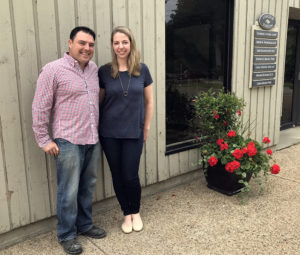First, I applaud all the individuals who have worked so hard on the most difficult Lincoln issue I have witnessed in my 26 years in town. Thank you.
In almost every project during my 40 years of architectural practice, I have had to help clients make the best possible decisions in allocating limited resources across greater needs. After careful consideration, I plan to support SBC Option L3 based on several beliefs. I call them beliefs because many of you will disagree with at least a few:
- Some action needs to be taken.
- A comprehensive approach is better than a piecemeal approach for many reasons stated in eloquent detail by Gary Taylor’s May 31 post on LincolnTalk (Lincoln Digest, Vol 64, Issue 31) and others. [Editor’s note: Taylor’s post has also been published here in the Lincoln Squirrel.]
- Preserving existing structures, site infrastructures, and the embodied energy they collectively represent is the most environmentally sustainable decision that can be made in planning for construction.
- Sustainability considerations should not stop with preservation. (Aside: The SBC must early and clearly establish the community’s priority focus among the types of sustainability—energy performance vs. low carbon footprint vs. health vs. cash savings. Strategies for each can conflict and all may not be economically achievable within a single project. Hard choices will inevitably have to be made. Clear priorities will help to make them.)
- Preserving history has value.
- Preserving aged trees has value.
- Giving clear direction to the design team will now allow them to focus their creativity and improve the selected design.
- L3 achieves a number of educational objectives.
- L3 is not significantly less compact than alternatives.
- L3 has the potential to be tightened in ways that will reduce area.
- L3 lends itself better to potentially reducing construction costs.
- L3 preserves and could actually enhance the existing attractive campus feel.
- L3 exercises a modicum of fiscal prudence—leaving some allowance for energy conservation upgrades, prudent maintenance, future support for school budgets and teachers, a community center, the fear of project cost overruns or unforeseen town expenditures, and the like.
- L3 has the best chance to win at the polls.
In a democracy, not every individual gets his/her cake and eats it, too. But I think it is now time that action must be taken, and the most reasonable path seems to me to be L3.
Sincerely,
Brooks Mostue
3 Lexington Rd., Lincoln


